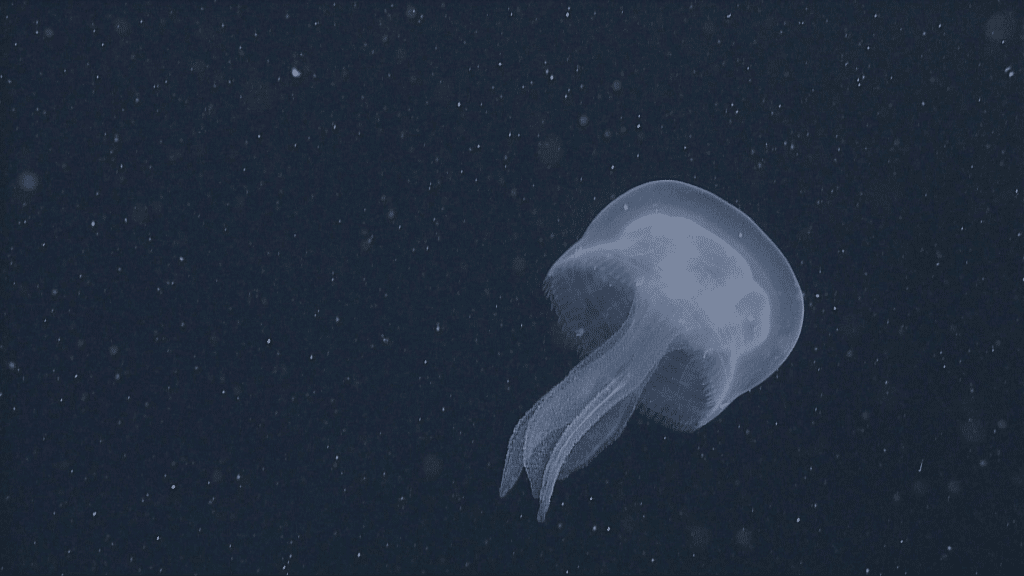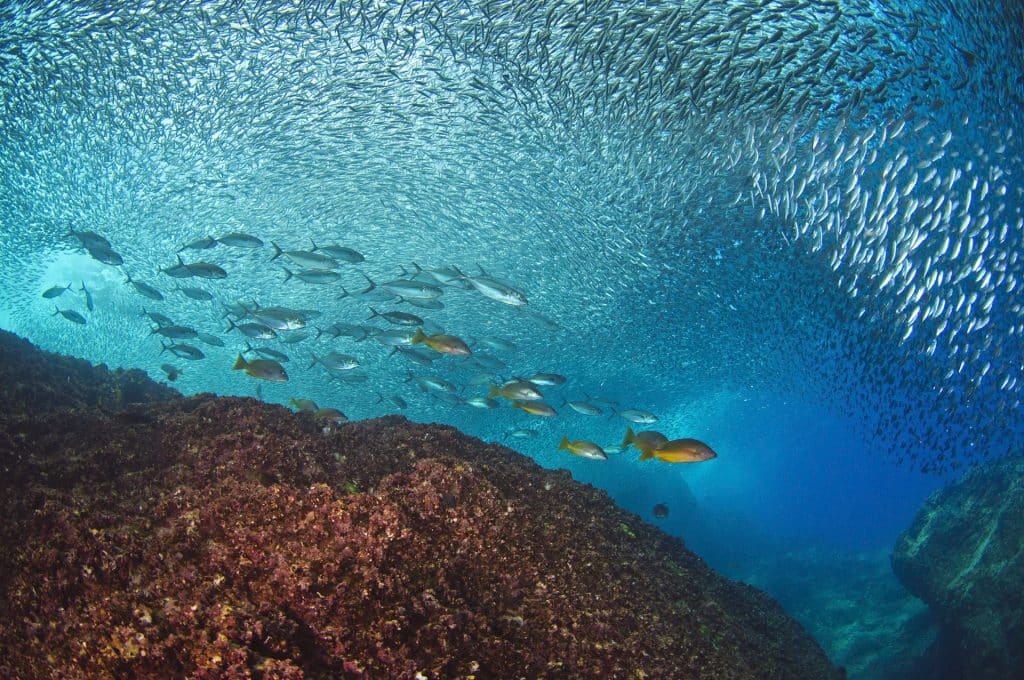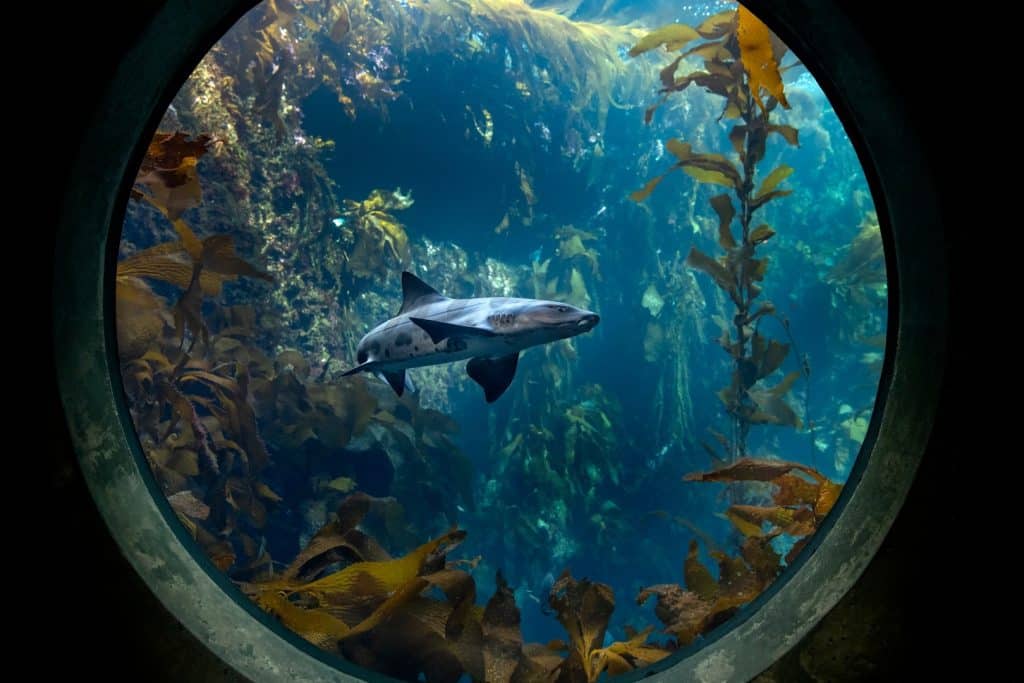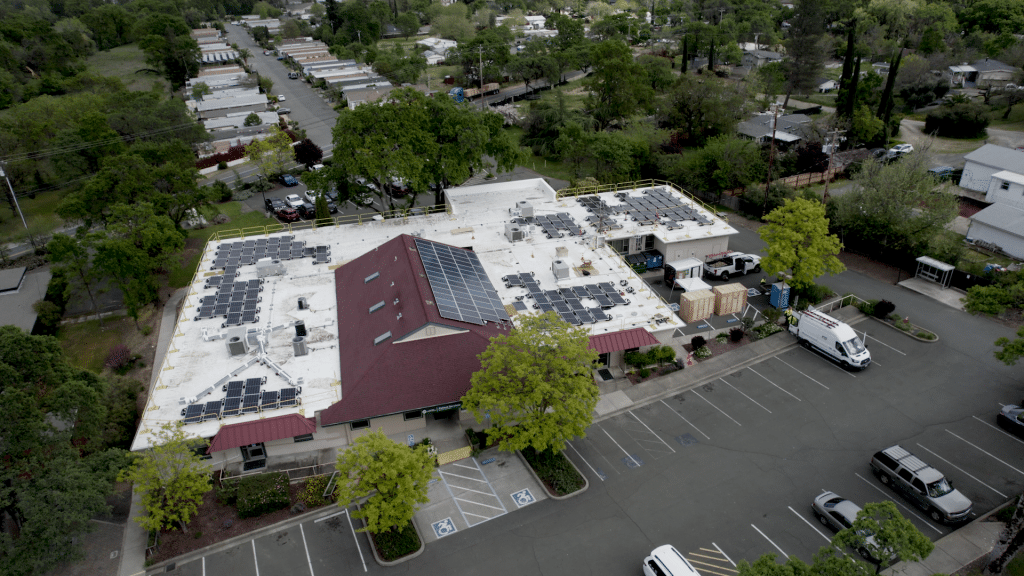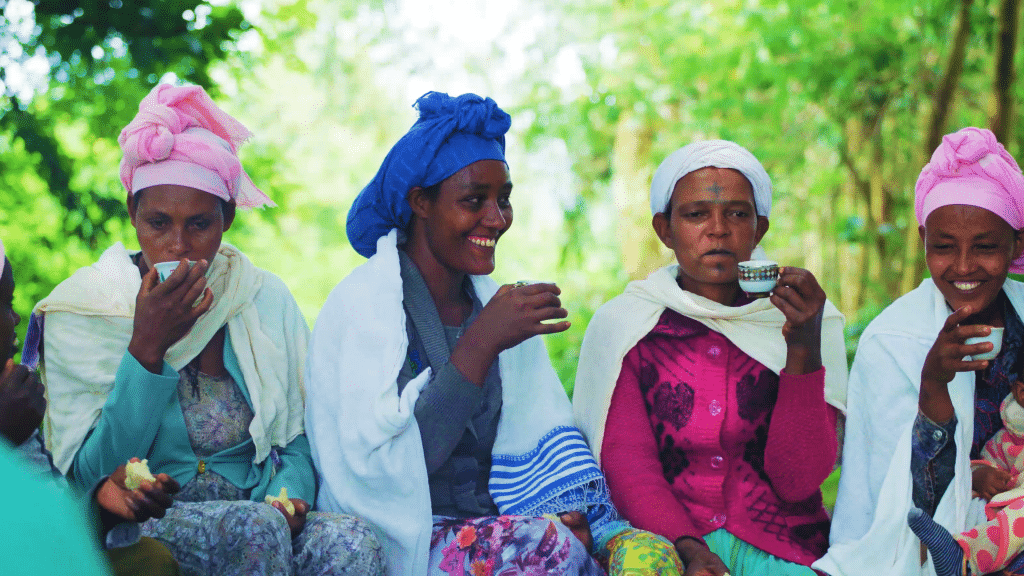A new research vessel, R/V David Packard, has just arrived at the Monterey Bay Aquarium Research Institute (MBARI) headquarters in Moss Landing, California. This ship will expand MBARI’s capacity to pursue bold marine research initiatives and transform ocean science and engineering.
The ship is named after David Packard, founder of the Packard Foundation and MBARI, who believed in innovative science and engineering as necessary to better understand the ocean and the world as a whole. In this spirit, the team at MBARI designed R/V David Packard to maximize the potential for on-the-water scientific discovery.
“The David Packard is an exciting addition to MBARI’s fleet of research vessels and an essential tool for ocean exploration."
Kaya Johnson, MBARI Director of Marine Operations
The new ship can accommodate up to 12 crew members and 18 scientists for voyages lasting up to 10 days offshore of California, as well as extended expeditions across the Northeastern Pacific Ocean. By comparison, the ship is 62 percent larger than MBARI’s previous flagship research vessel, R/V Western Flyer. The larger size will expand MBARI’s ability to study how climate change and other threats are affecting marine life and environments across the West Coast, from the Pacific Northwest to Baja California.
A bigger ship will also allow MBARI scientists to invite external partners aboard to share expertise and work together to advance ocean research.
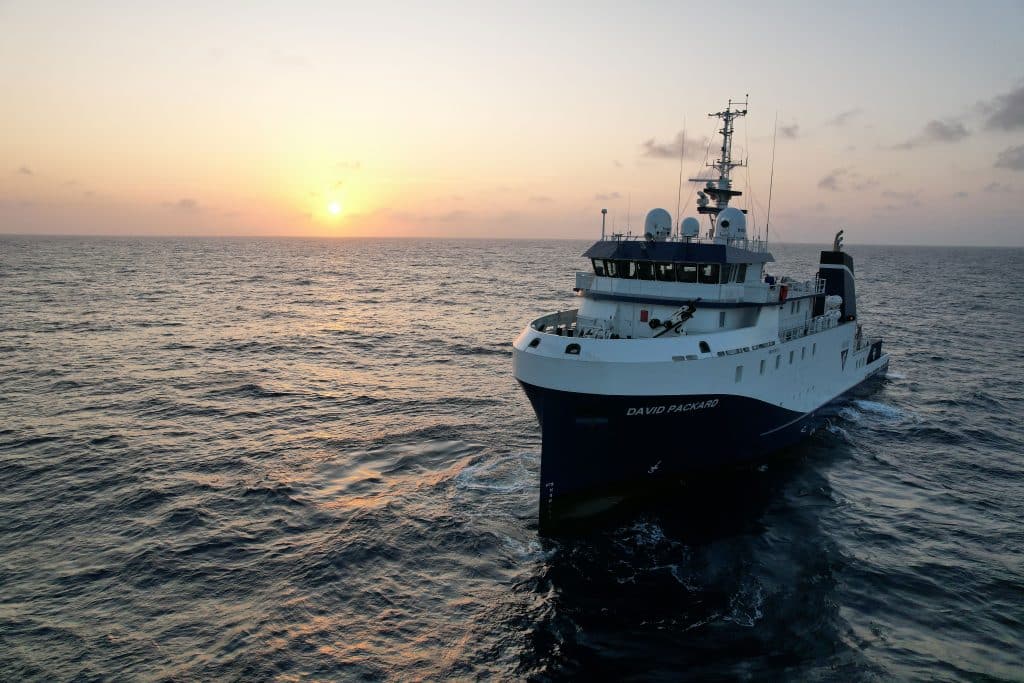
“The ship will not only support advanced technology developed by the MBARI team but also promote collaboration across the marine science and technology community,” said Johnson.
More than a decade in the making, R/V David Packard joins R/V Rachel Carson and R/V Paragon in MBARI’s fleet of research vessels. Science missions aboard R/V David Packard will begin later this year.
The ship will serve as the command center for MBARI’s remotely operated vehicle Doc Ricketts, a robotic submersible that can dive up to 4,000 meters (2.5 miles) underwater. MBARI researchers rely on this technology to study marine life, ecosystems, and processes deep beneath the ocean’s surface. R/V David Packard can also support the launch and recovery of MBARI’s autonomous technologies, including underwater vehicles that can map the seafloor, conduct visual surveys of the midwater, and monitor ocean health as well as aerial drones that can document sea surface conditions and wildlife.
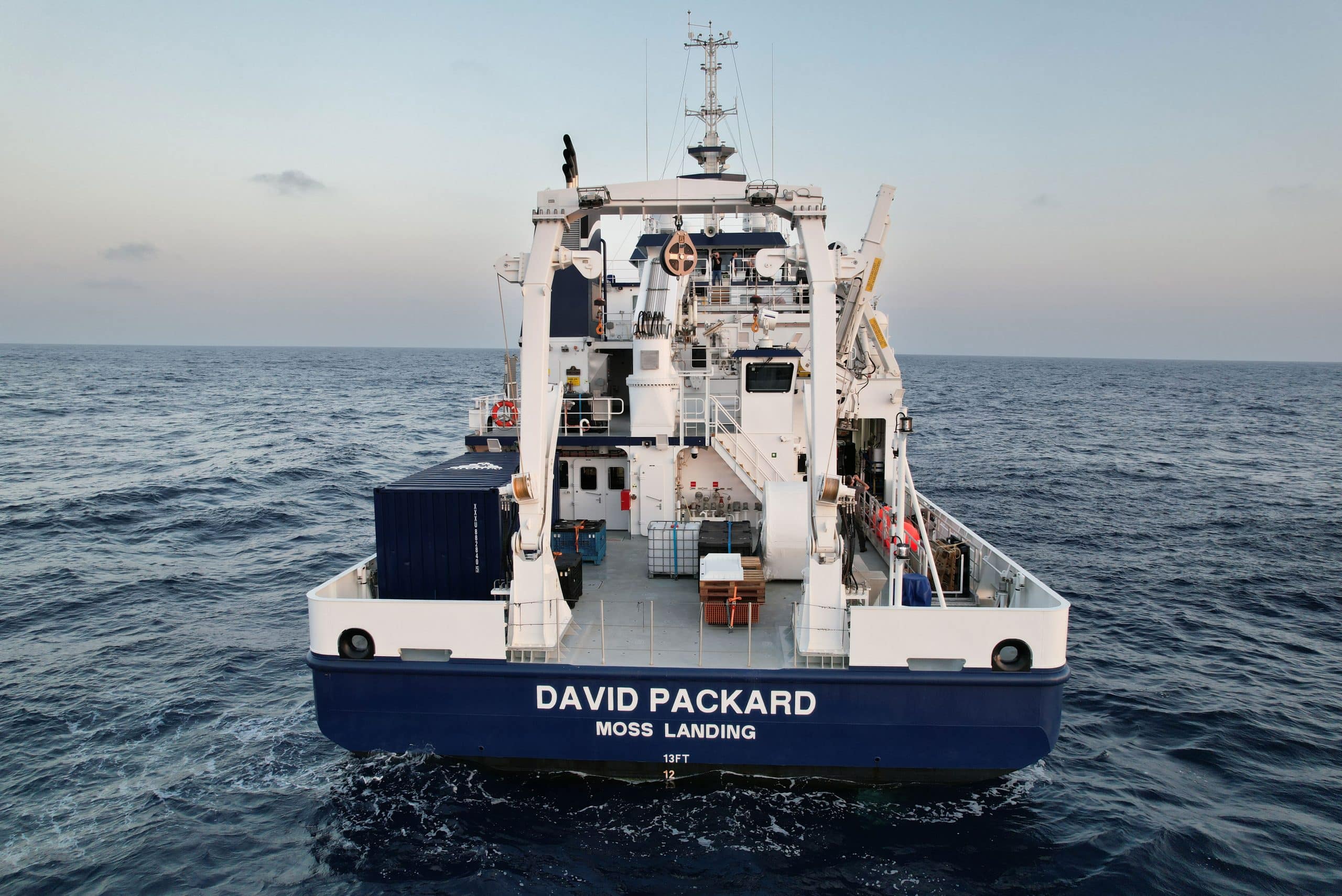
These discoveries will help scientists better predict ocean processes, equipping leaders and organizations with the knowledge they need to protect the ocean, its species, and the coastal communities that depend on it.
MBARI is a hub of innovation, where scientists and engineers work together to advance ocean science and technology. As the team makes new discoveries at sea, they plan to share data with the field.
The David and Lucile Packard Foundation supports MBARI, including the construction of R/V David Packard, to advance marine science and technology to understand a changing ocean. In this exciting new chapter, MBARI remains dedicated to advancing marine science and engineering, ensuring that we better understand and protect our ocean.
